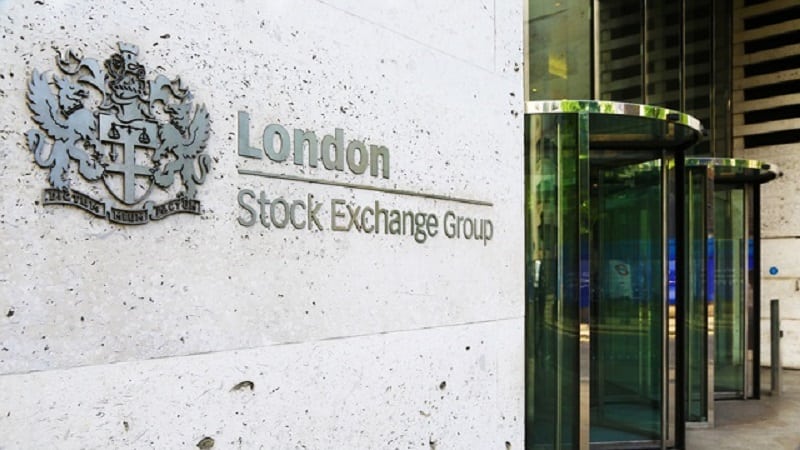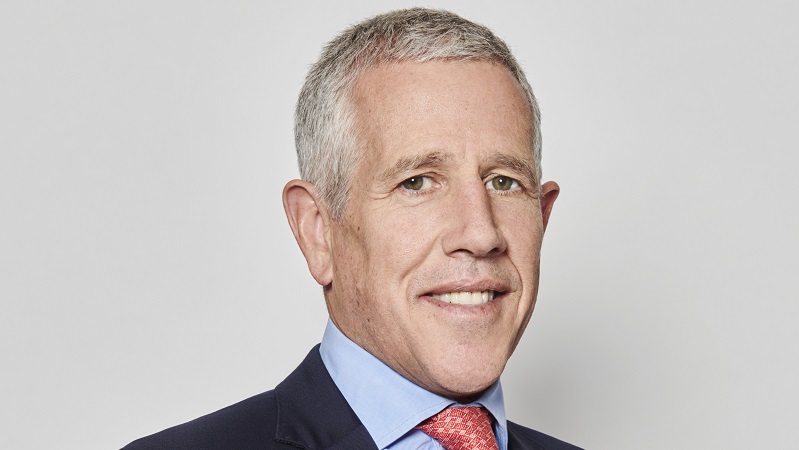Multi-manager strategy
SEI runs its cautious mandate across five asset classes, investing in close to 30 fund managers and more than 3,000 individual stocks…
Our multi-asset funds are designed to align investors’ real-life objectives with their asset allocation. We offer seven goals-based manager-of-manager portfolios across two ranges: stability-focused (for wealth preservation) and growth-focused (for wealth accumulation).
The SEI Moderate Fund, which aims to provide a moderate level of capital growth and income, is the most aggressive of our stability-focused strategies. It is managed with a drawdown target and employs two layers of risk management.
The first layer constrains the portfolio construction to limit the probability of a loss that exceeds the strategy’s drawdown budget of -30%. It does this by incorporating SEI’s view on the potential future drawdown of each of the asset classes in the fund when setting overall asset allocation.
The second layer involves dynamic changes to the strategy in response to adverse market conditions. When there is a material increase in the probability of a significant drawdown, the strategy may be reallocated to mitigate further losses. But this process is also designed to work in reverse, so when markets improve after a downturn there will be room for allocations to be normalised.
The top-down asset allocation is typically set across five asset classes – equities, fixed income, property, liquidity and absolute return. After that, we weight exposure in terms of geographic and sector allocation. Within each sub-asset class, specialist managers are blended together to create a portfolio generating different sources of alpha.
Mandates are awarded to the leading institutional managers around the world, most of whom are not directly accessible to retail investors. Our access is a function of our buying power and global reach.
There are currently 28 manager mandates in the SEI Moderate Fund, which collectively hold around 3,000 securities. We have a 100-strong team of experts continuously monitoring each manager’s philosophy, process, positions, people and performance.
Manager turnover varies by asset class but it is typically around 20% a year. The replacement process is very efficient: we simply hand control of an existing mandate to a reserve manager, thereby avoiding wholesale disruption. By contrast, a fund-of-funds manager seeking to reallocate capital would have to sell out of a fund and buy into a new one, incurring costly transaction fees.
Goals not benchmarks
As a goals-based portfolio, the Moderate Fund is not benchmarked in the traditional sense. Our primary concern is that the fund should meet an investor’s desire to preserve capital. Beating an arbitrary benchmark is not what we aim to do, because we believe it means little to most investors. Indeed, our experience and research shows that with clearly defined (and easily understood) goals to work towards, investors are less prone to making irrational investment decisions that can hinder their long-term performance.
A 100-strong team of experts continuously monitors each manager’s philosophy, process, positions, people and performance.
Andrea Hohlachoff, head of investment solutions, SEI
Though difficult to predict short-term market moves, we have confidence in some longer-term themes. In the fixed income space, we favour investment-grade credit and high-yield bonds over government bonds; within equities – where our longer-term inclination is to go where the relative growth is – we are emphasising the US and emerging markets over developed Europe. Currently, the fund’s highest fixed income allocation is to global short-duration bonds, with equal additional amounts allocated to high-yield bonds, global corporate debt and UK fixed income.
UK commercial property and absolute return have similarly sized weightings, while in equity terms the portfolio has a large exposure to global managed volatility, with the balance allocated to UK equity.
As markets fluctuate and the economic environment changes, allocations will continue to be evaluated to take advantage of opportunities for superior risk-adjusted returns. To this end, our lack of style bias means we can tilt the portfolio towards growth or value as conditions change.
The Moderate Fund enables investors to take an objective investment approach with the aim of maximising performance, limiting volatility and managing investment risk. In a post-RDR world where investors will increasingly focus on results and value for money, we believe it can offer advisers a compelling way to build and enhance relationships with new and existing clients.
On the other hand … Contrarian strategy
Investec’s fund is run by one man, Alastair Mundy, with exposure to two core asset classes, investing in around 100 stocks.
You might worry that a bunch of out-of-favour stocks could stay out of favour for a long time and so do we. That’s why we do everything we can to avoid it by buying them at different times, for a variety of reasons and from a good spread of industries. Think of it as a wine cellar, well stocked with vintages: there is plenty of good stuff ready to drink, some stuff maturing and one or two bottles going off.
Another way we reduce risk is to blend stocks most investors regard as dull and boring with a sprinkling of more exciting shares with volatile share prices. We could go only for the most exciting out-of-favour companies, but they tend to bear the most risk and a portfolio of just those could really scare the horses.
It probably puts us in a minority but it makes for a unique product and explains why other people think we are a bit weird.
Alastair Mundy, fund manager, Investec Asset Management
Let’s face it, there are lots of funds out there and each fund management group thinks it has the best. In real life, most funds do well sometimes, badly sometimes and, rather frustratingly, look pretty similar to each other most of the time.
So do we do something different or are we a member of the me-too brigade? You might have been expecting me to say this, but we really are different because we are:
- contrarian: we are only interested in buying companies that are out of favour;
- value-driven: the stocks must be cheap;
- patient: we wait for good ideas to come along and then usually hold them for a long time until they recover;
- bottom-up: we analyse stocks in detail rather than make wild guesses about future world economic growth and inflation;
- downside-aware: we worry a lot and like to ask ourselves how much we could lose if things go wrong;
- focused on long-term performance: we might look a bit stupid in the short term but we think this is a price worth paying for long-term outperformance;
- improvement-minded: we try to learn from our mistakes and do better next time.
Each difference probably puts Investec’s contrarians in a minority, but it makes for a unique product and explains why other people think we are a bit weird.
No silver bullets
No investment process works in all market conditions. If one did, it would soon become widespread and its unique advantage would disappear. Our contrarian process is most likely to under-perform in the final leg of a mature bull market, when investor overconfidence leads to a small number of stocks or sectors becoming significantly overpriced.
For contrarians, the worst conditions are when the market loses confidence in mean reversion. This can happen at an individual company level, as structural change determines that a company’s past gives few clues as to its future. This is why we prefer to hold a portfolio well diversified by both stock and industry.
The most uncomfortable times for us are when the market believes a major macro-economic theme is so important that it affects the market’s perception of a number of stocks. This may come in the form of, for example, fears of a major recession or significant changes in technology. At these times, the stocks we are most attracted to will move further from our assessment of fair value than they have been historically and will often be sold by other investors to fund purchases of in-favour stocks.










